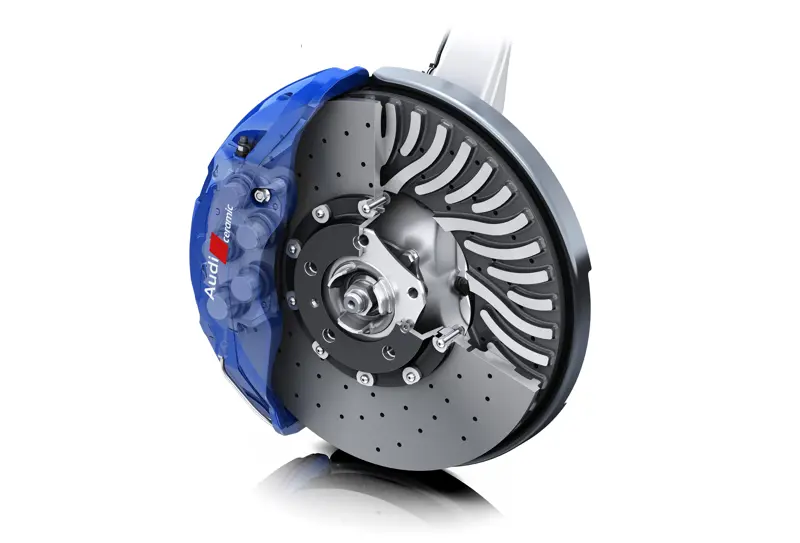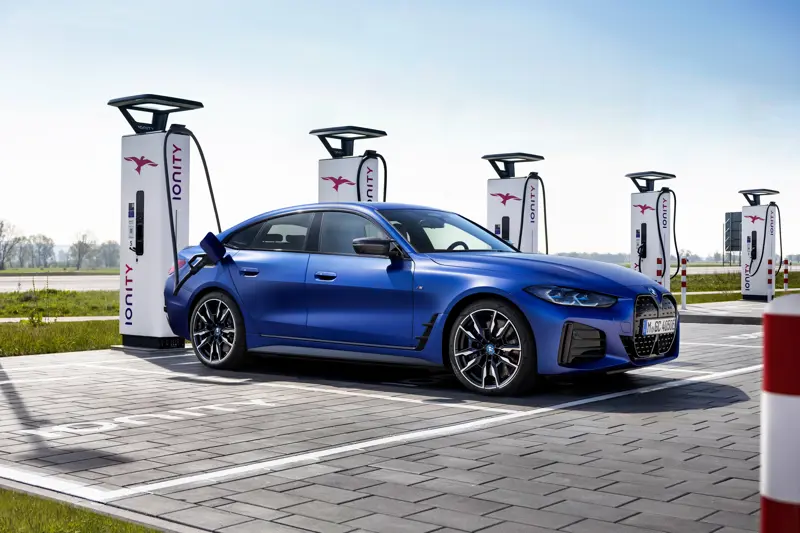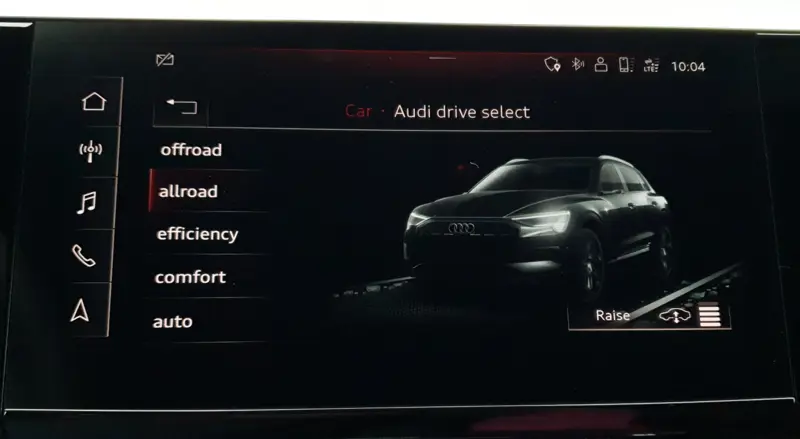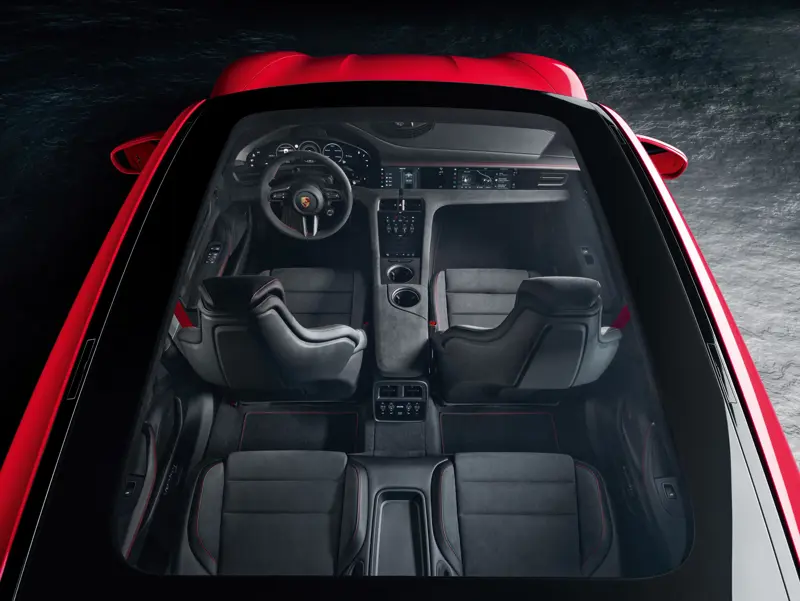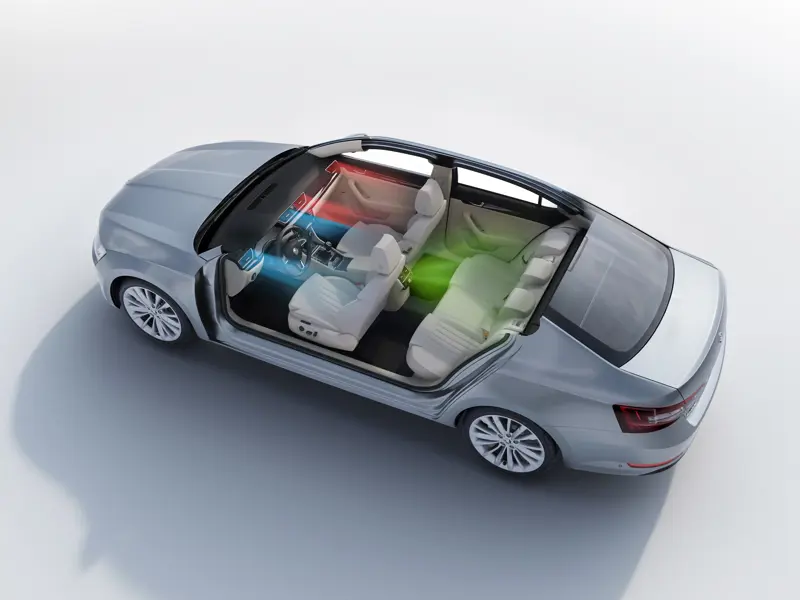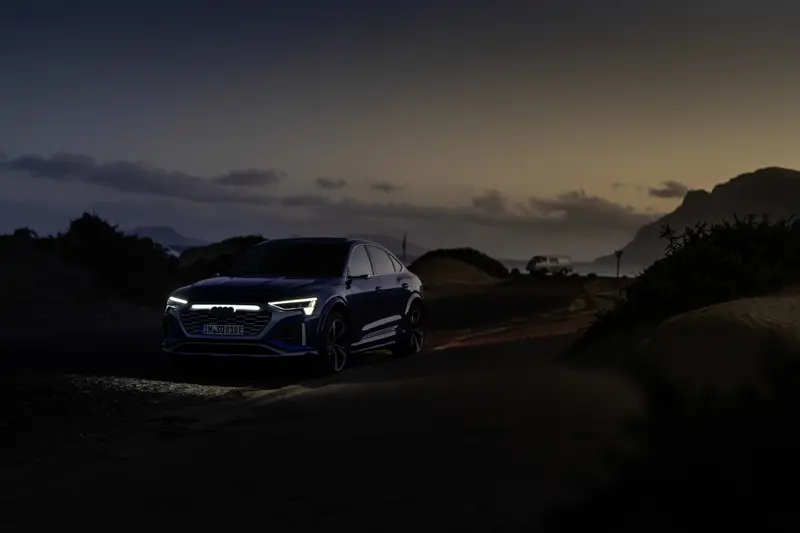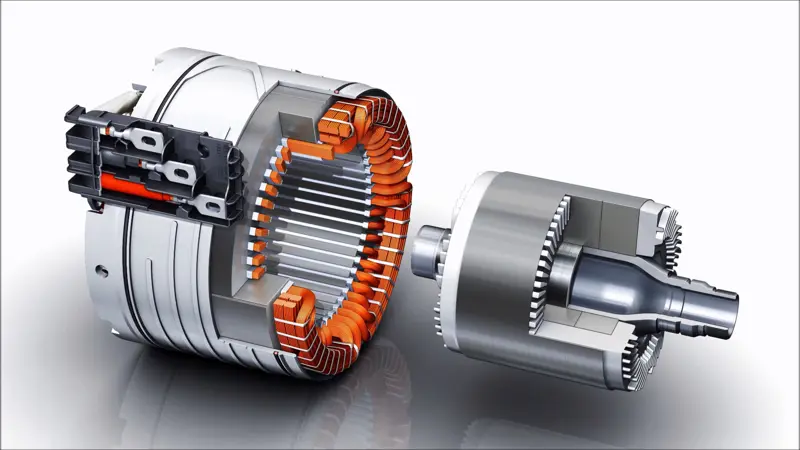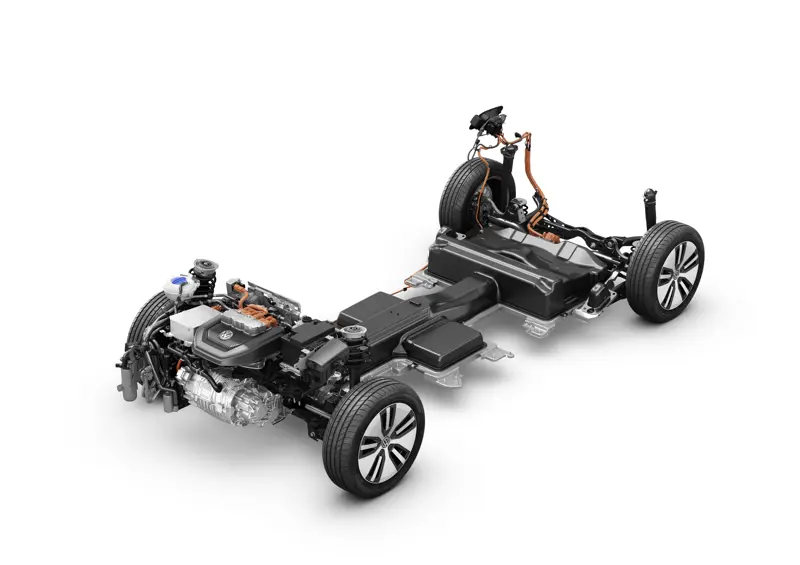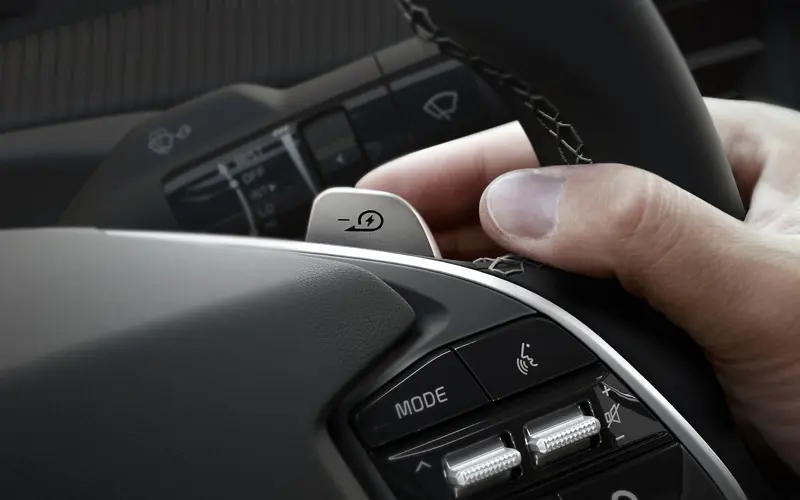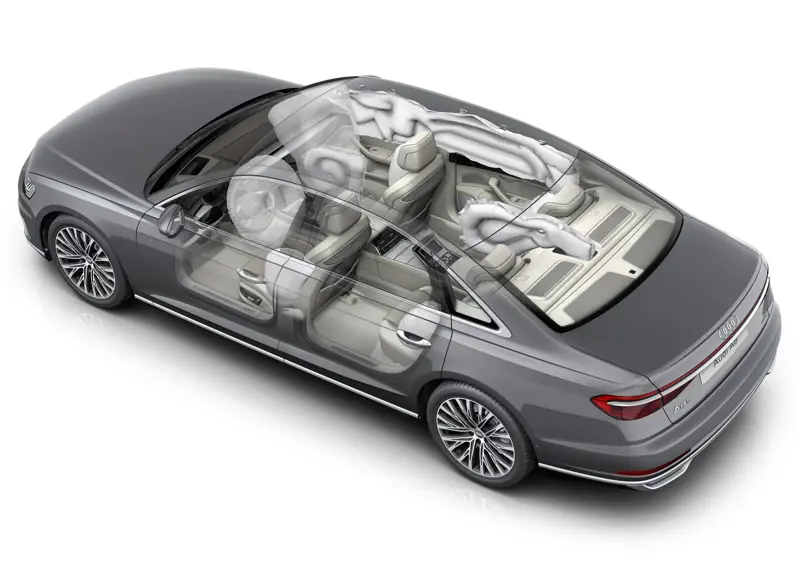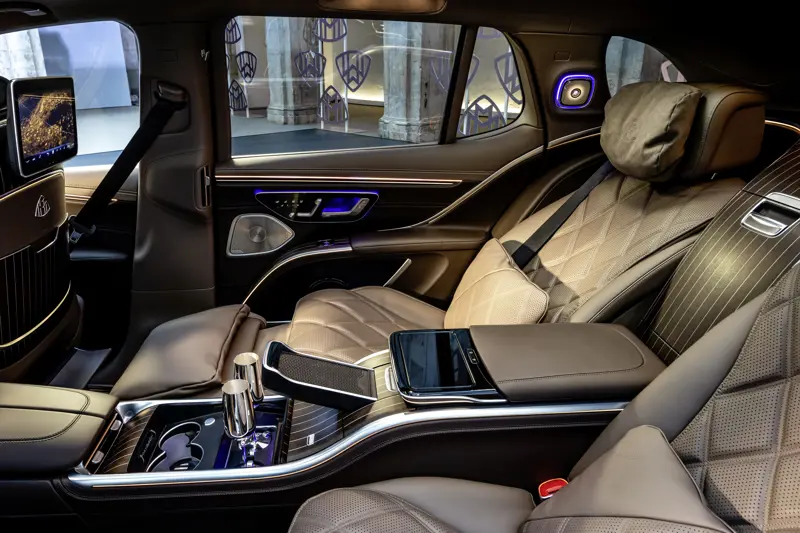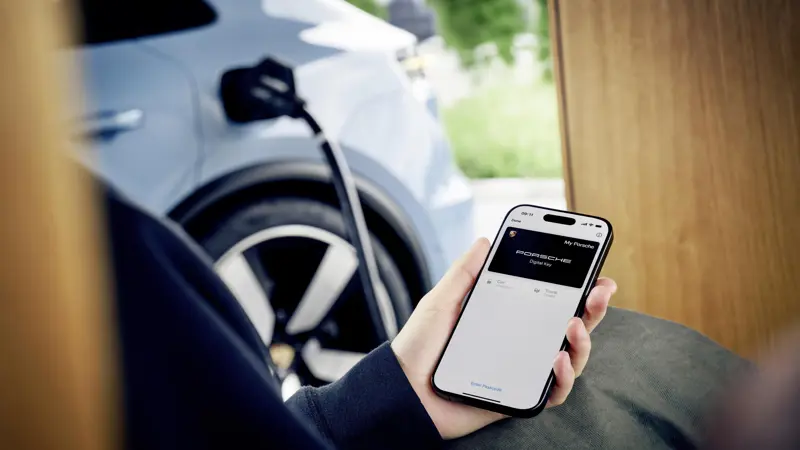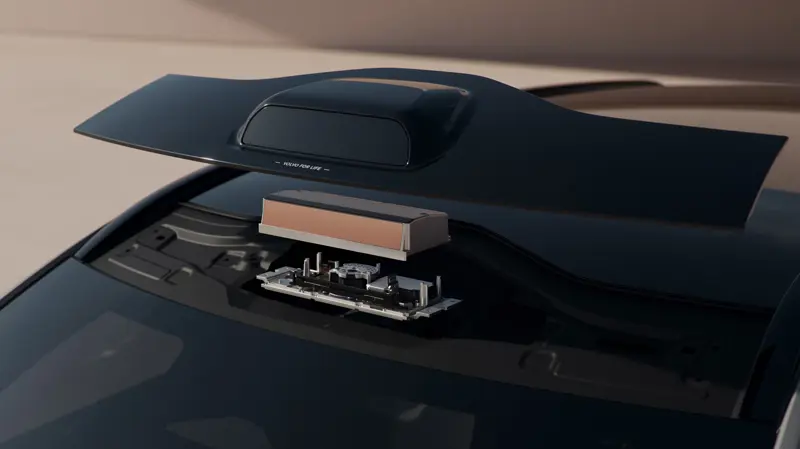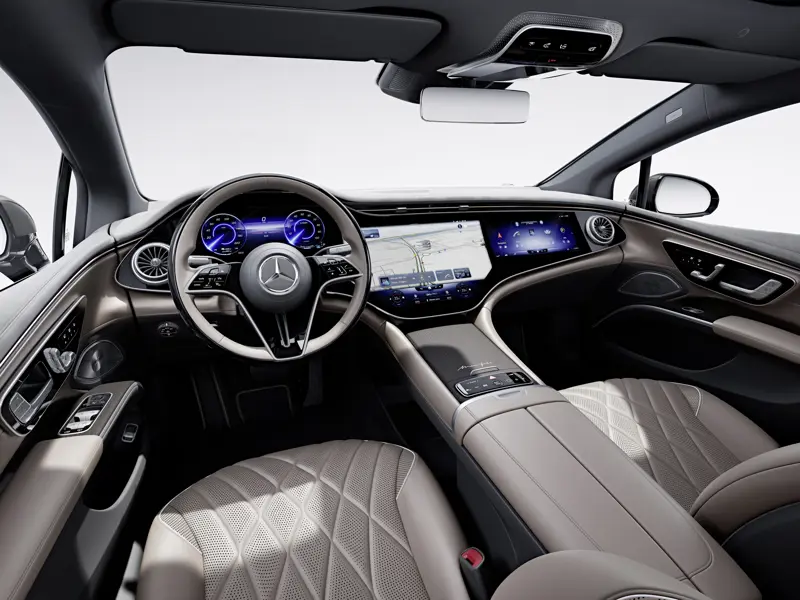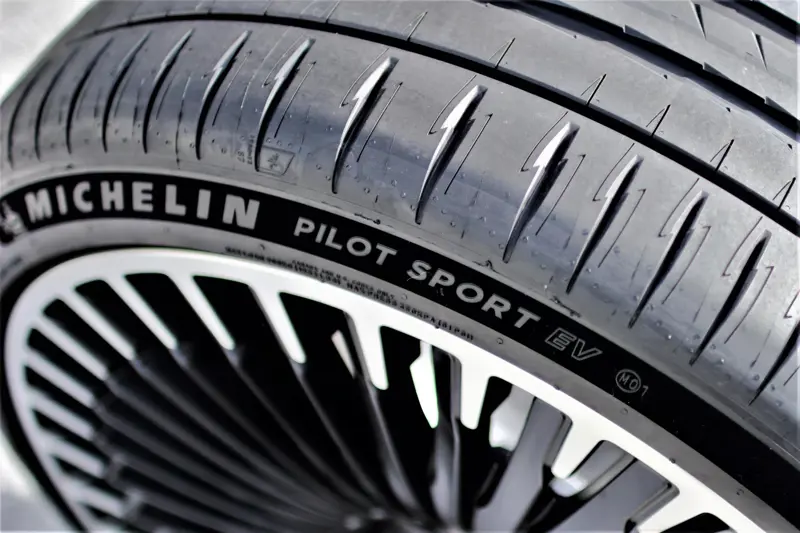Technology
EVs are built using various technologies to function, including electric motors, batteries, advanced driver assistance systems (ADAS), suspension systems, and safety features.
Master Electric Vehicle Technology
This technology section will delve into the different technologies that power EVs, explaining how they work and their benefits and limitations.
If you go through every subsection, you will have a comprehensive understanding of the technology that drives the future of transportation.
The technology articles target anyone wanting to learn more about EV technology, from the potential EV owner wanting to understand how stuff works to sales personnel wishing to know how EVs work.
Technology Deep Dives
Explore cutting-edge EV technology through our comprehensive guides and expert analysis
Brakes
Cargo & Towing Capabilities
Charging
Doors
Drive Modes
Advanced Driver-Assistance Systems
Glass Panel Roof
Climate System
Infotainment System
Interior
Lights
Motors & Drive Units
EV Platforms
Regenerative braking
Safety
Car Seats
Security Systems
Sensors & Cameras
Suspension
User Interface
Tires & Wheels
Windows
Stay Ahead of the EV Revolution
Join thousands of EV enthusiasts who rely on EVKX for the latest technology insights and expert analysis. From battery chemistry to charging infrastructure, we cover it all.


